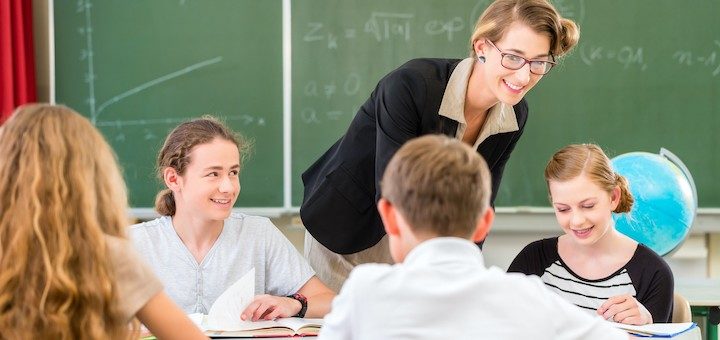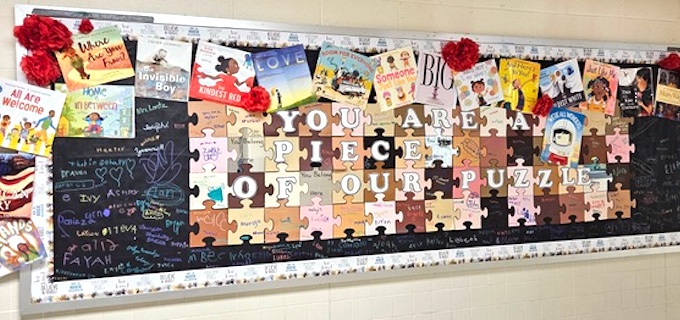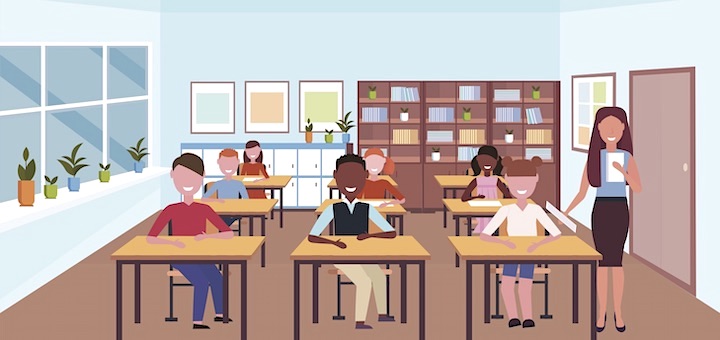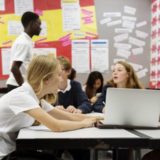Spark Student Interest with Weekly Strategies
Author and middle level educator Jennifer Ciok offers a weekly calendar of strategies to increase student engagement. Her ideas for sparking more meaningful learning include storytelling, arts infusion, and activities that help connect classroom lessons to the real world.
























